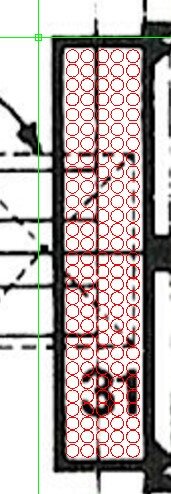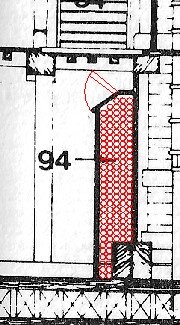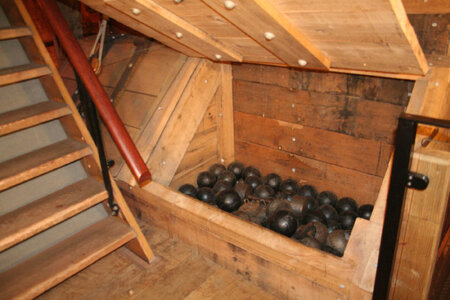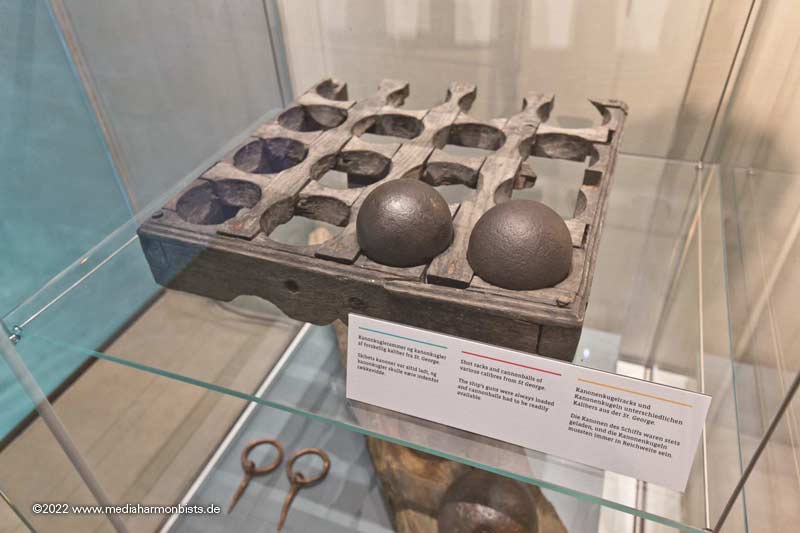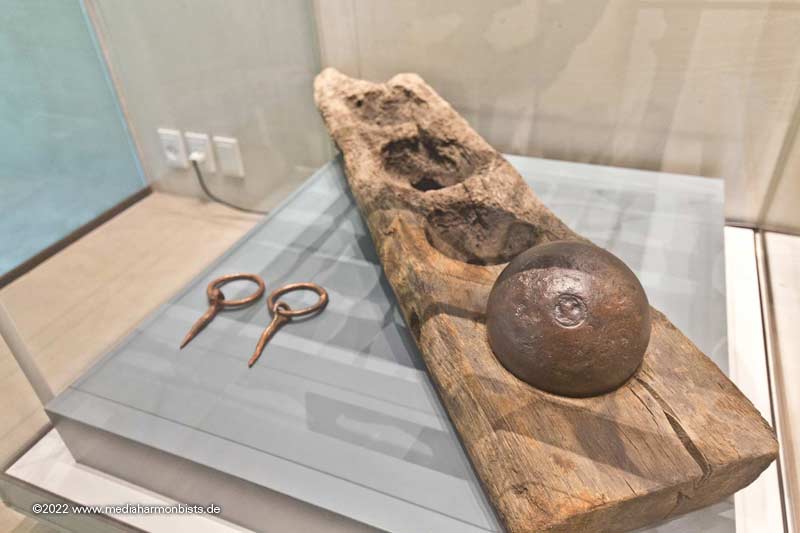Kurt Konrath
Kurt Konrath
Also a question on shot storage outside of the shot locker. How were all the shot up on deck in Brass Monkey's or in timer on rails or around the grating held there while the ship was tossing about in rough seas while underway. I am sure not all sea battles were on calm waters. 







